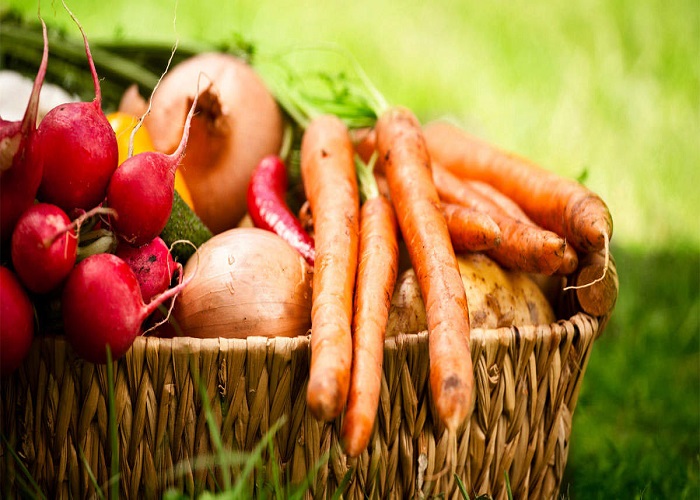When you’ve put in all the effort to grow a crop—from planting to watering to weeding to mulching to pest control to harvesting—you don’t want any of it to go to waste.
After all, it would be a shame to end the growing season with wasted vegetables after all your hard work. You may be wondering what to do with 30 pounds of cucumbers and baskets of dill now that harvest time is approaching.
Don’t worry; we’ve compiled four excellent methods for preserving your harvest to see you through the cold season.
Canning & Pickling
The perfect combo: dills and cucumbers. Definitely. A crisp pickle may come to mind when you hear this combination. Peppers, cauliflower, carrots, cabbage, and so on are only a few of the many veggies that benefit from being pickled for later use.
The practice of preserving large quantities of vegetables by packing them in jars with vinegar, salt, and herbs dates back to at least 2030 BCE. The process of canning, on the other hand, is a modern one that just emerged in the 1700s.
Canning is a fantastic method for preserving a wide variety of foods, from jams and jellies to soups and stews. In this way, you can store food for a long time without worrying about it going bad before you can eat it.
Both of these methods are easy enough that anyone can learn them with some research and practice.

Freezing
The common belief that frozen food is of lower quality has contributed to freezing’s negative reputation. This may be the case sometimes, but you can use the ways in which fresh produce responds to freezing to your advantage and store away any surplus for later.
Some vegetables, in fact, taste better after being frozen if they aren’t consumed right away. This is true for peas which might lose their sweetness and flavor if not consumed straight after. Strawberries, greens, carrots, herbs, and many other foods can all benefit from being frozen.

Drying
Everyone, from kids to adults, loves dried fruits and vegetables. The concentrated sweetness and flavor make for a new and exciting experience when compared to the fresh version. Some vegetables, like beans and corn, are best dried on the plant before being harvested later, while others can be dried off the plant and stored for later use.
Your harvest can be dried in a number of methods, from simple exposure to the sun until it shrivels to elaborate electric dehydrators or even solar-powered ones. Always do your homework before relying on dehydration as a preservation strategy, as there are optimal techniques for different types of food.
When you have a garden full of herbs, you can dry them using this method. Herbs are one of the most commonly dried commodities.

Cold Storage
This is another one of the oldest methods of preserving food, right up there with freezing. When foods are stored at temperatures that are not nearly as cold as those required for freezing, they are able to maintain their unique texture and flavor while also having their shelf life greatly extended.
This technique is only applicable to a certain group of crops, specifically root vegetables such as onions, carrots, potatoes, and others. To round out the list of viable choices are gourds, tomatoes, and cucumbers.
Curing the veggies (for example, onions are sun-dried to remove out moisture and create a dry outer layer) and creating an optimal storage room with adequate lighting, humidity, temperature, and ventilation are the two fundamental steps in the process. The basic technique is straightforward.
Each technique for preserving things has its own distinct set of benefits and drawbacks, in addition to the particular actions and procedures that are required to carry it out successfully.
It is a good idea to learn at least one method to increase the shelf life of veggies, especially if you are sick of seeing the vegetables you so carefully tended to and grew go to waste.


